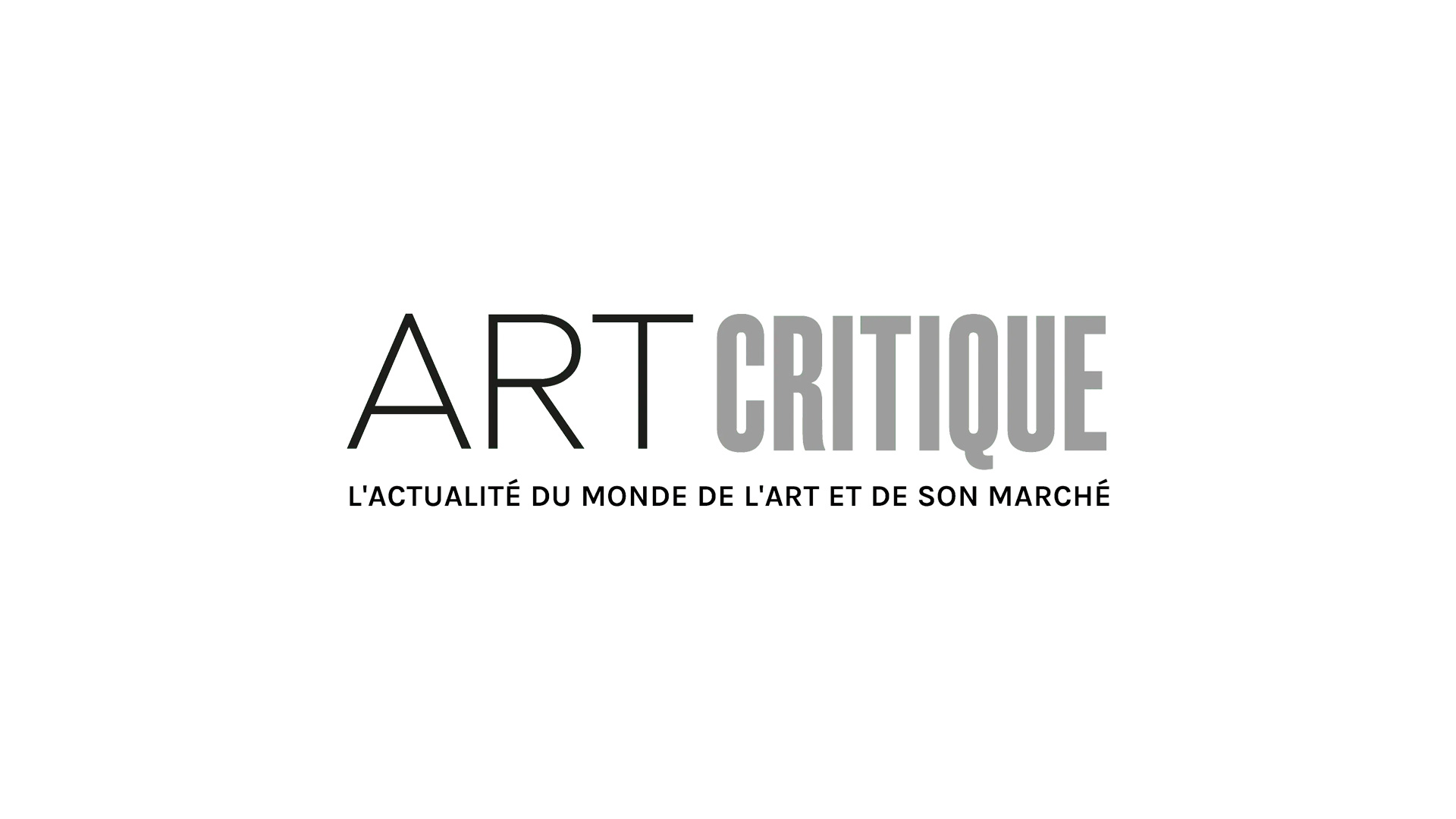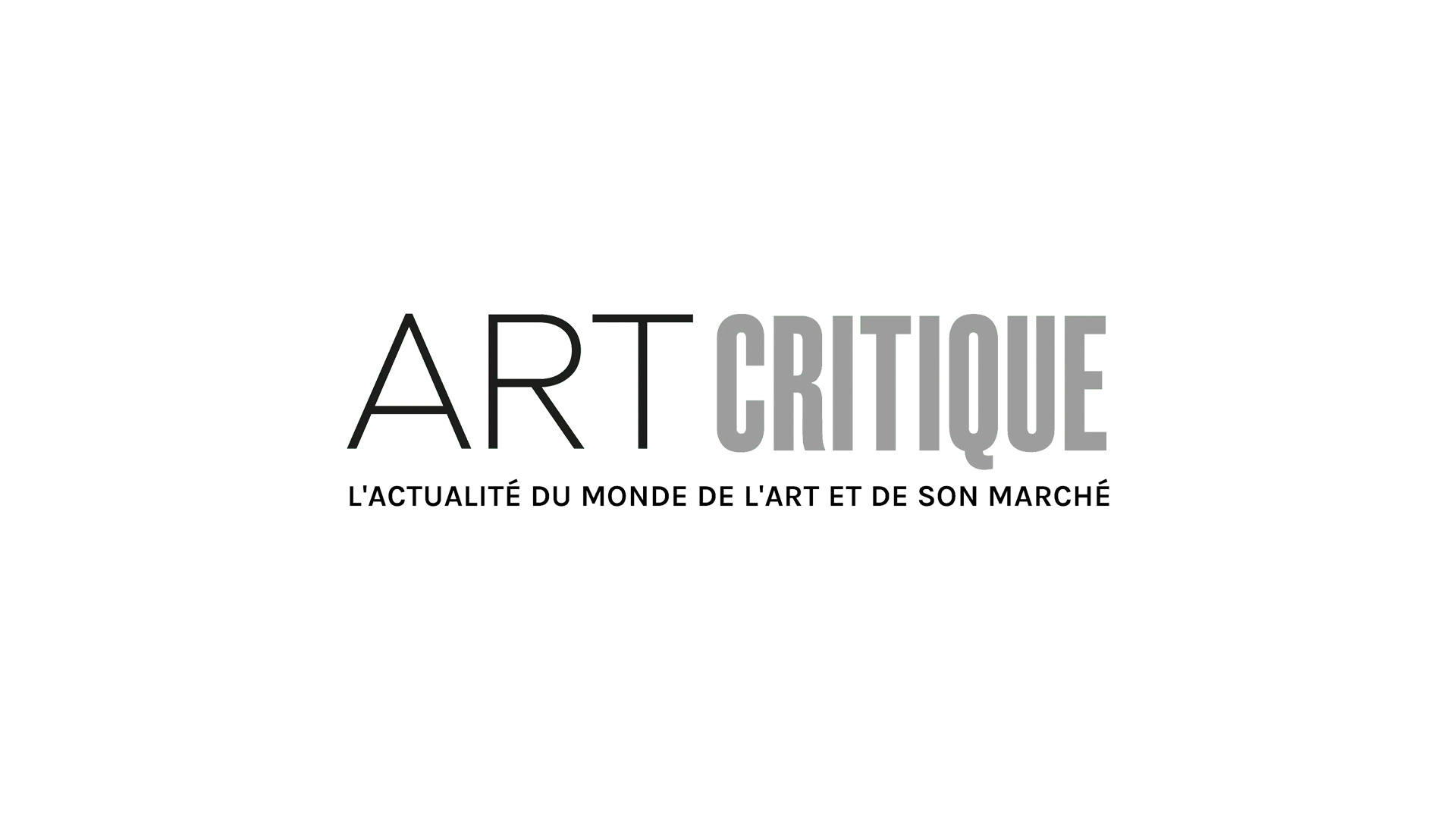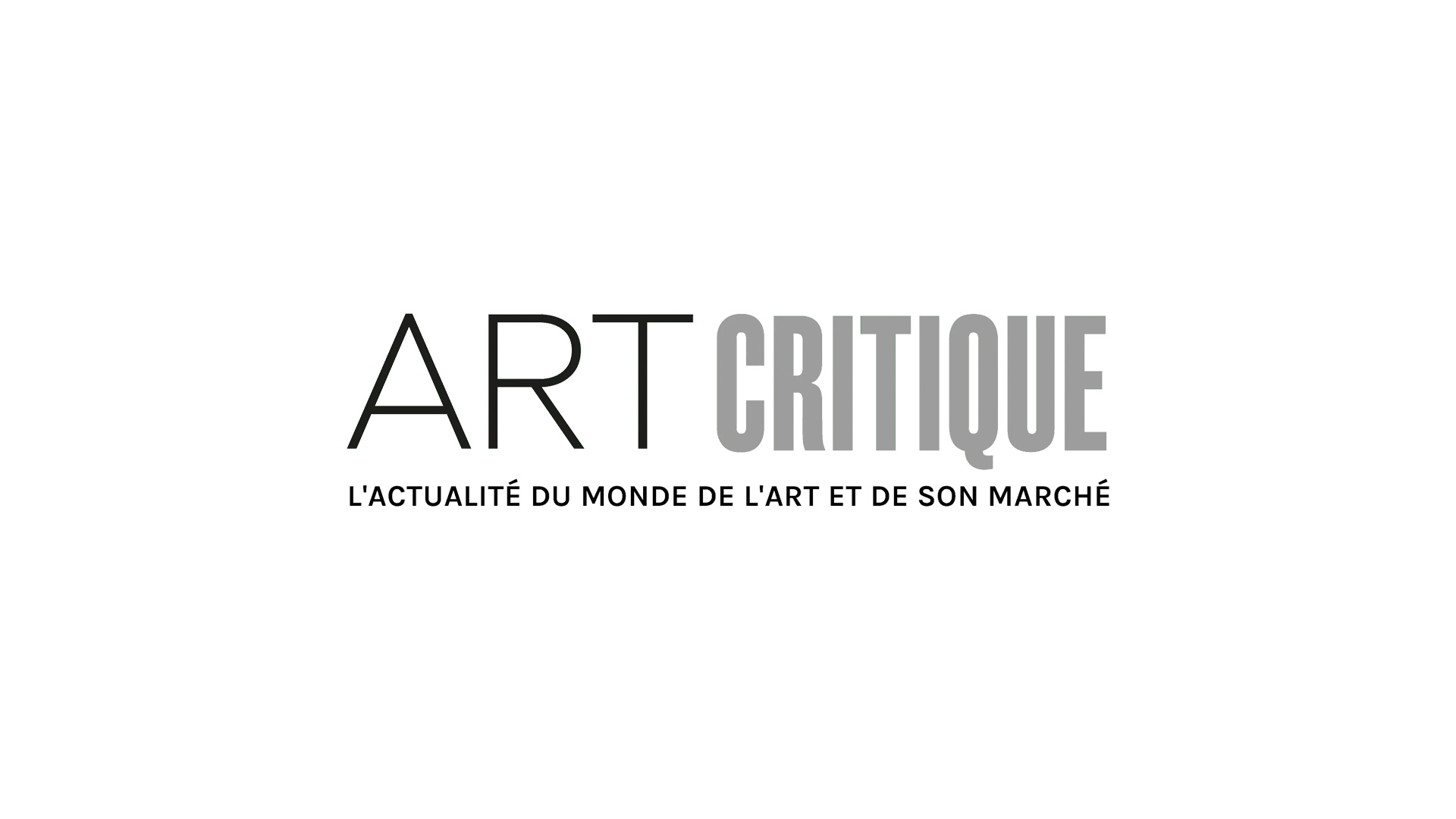Thanks to a donation from the Society of Friends (Quakers), the Louvre will expand its collection with a minor panel painting of major interest. Gallery Hubert Duchemin, has published an excellent analysis of the discovery on their website (www.hubertduchemin.com) written by Amélie du Closel. The panel’s dimensions (80 x 60 cm), as well as its adornment on both sides, serve to establish that this is not a stand-alone piece but a polyptych. The subject matter, an Assumption with a full-length portrait of a saint on the back, refers to an altarpiece of the life of the Virgin Mary showing saints on the other side. Such a piece exists and much has already been written about it. Art historian Charles Sterling identified it as part of Josse Lieferinxe’s collection, a painter active in Provence in the last decade of the 15th century and the first decade of the century that followed. Three quarters of the panels have been identified and are scattered across Avignon, Brussels and Paris.
The dominant style is not easy to define. While the very individualized treatment of the Apostles’ faces, often bordering grimaces, clearly suggests Northern influences, there are also very visible signs of the Italian style starting with the Virgin’s empty tomb, judiciously brought together by du Closel from the work of Francesco Laurana. The Master also shows a real talent for drapery, whether it is the apostle in red in the foreground (probably Saint John) or the opulent garb worn by the unknown figure on the reverse. This seems perfectly consistent with the two Parisian fragments of the Assumption, the Saint Lucia and the Holy Bishop, that Gallery Hubert Duchemin reunited. The splendid brocade, found on the base of all recognized reverse sides, provides a stamp of visual continuity to these high quality membra disjecta.

The unknown figure on the other side continues to remain a mystery. Ms. Closel seems convinced that it is a prophet (Isaiah, Jeremiah or Elijah), essentially drawing on the Isaiah of Barthélemy d’Eyck in Rotterdam – if it really is Isaiah. This specific point raises some rather serious misgivings. Liturgically speaking, worshipping Saint Isaiah has never caught on in the West, even though other back panels show some extremely and universally popular saints. Especially from an iconographic perspective, this shaved, shrouded figure, with no Eastern features, hardly conforms to popular depictions of Ancient prophets. The Louvre’s collection includes (Peintures. Inv, 1992) a Jean Changenet panel donated by Sterling where three prophets, bearded, groomed and dressed in an oriental style, bear little family resemblance to any of the Assumption saints. The cap, the gown and the very scholarly attitude make it more likely that this is Saint-Côme or Saint Damien. Certainly the Holy Unmercenaries are the most represented with the instruments of their art, but there are examples where one of them carries a text (which possibly suggests that the second figure might appear on the back of one of the two lost panels). Moreover, it is merely a work suggestion.
The magnificent “L” that is clearly visible on the base of the Assumption supports its attribution to Josse Lieferinxe. However, with considerable objectivity, Closel introduces the recent argument developed by Carmen Decu Teodorescu and Frédéric Elsig, in their substantial work Peindre à Dijon au XVIe siècle (which I refer to in my review: Annales de Bourgogne 90/1, 2018). These researchers have suggested that the altarpiece of the life of the Virgin Mary should be credited to Lieferinxe’s father-in-law, Jean Changenet, who was originally active in Bourgogne before relocating to Avignon. Truthfully however, this reattribution, if it could even be confirmed, would almost be inconsequential and would only have bearing with respect to the amount of Bourgonnian influence in the subtle balance that the Master of the life of the Virgin Mary managed to achieve. The important thing to consider is the environment where the wonderful collection of recently completed scenes and portraits was designed and the Provencal workshop is essential. It’s commendable that the Assumption has been made available for public viewing and that the Louvre was able to incorporate it into its collection.
Photos courtesy of Gallery Hubert Duchemin.






